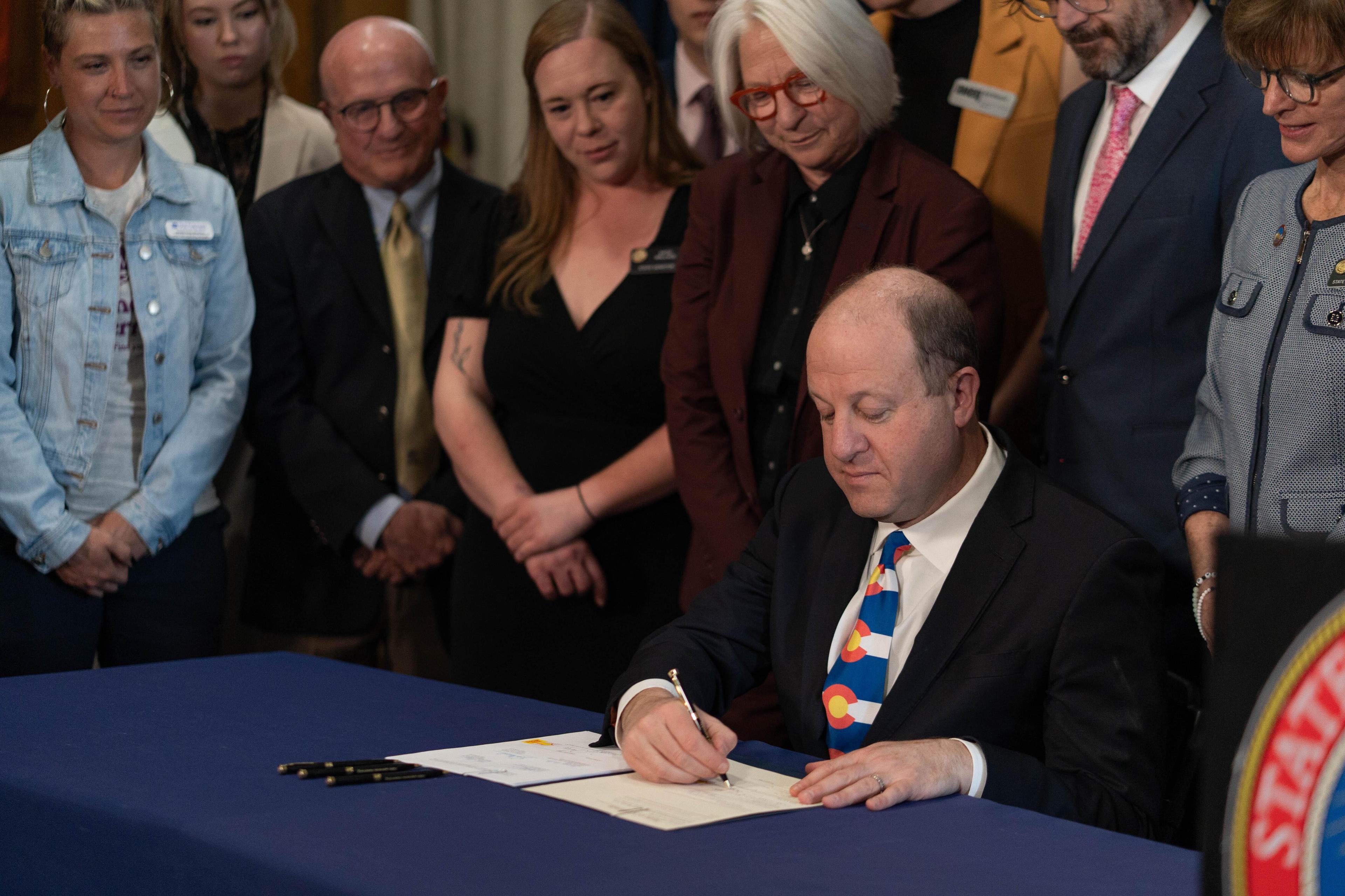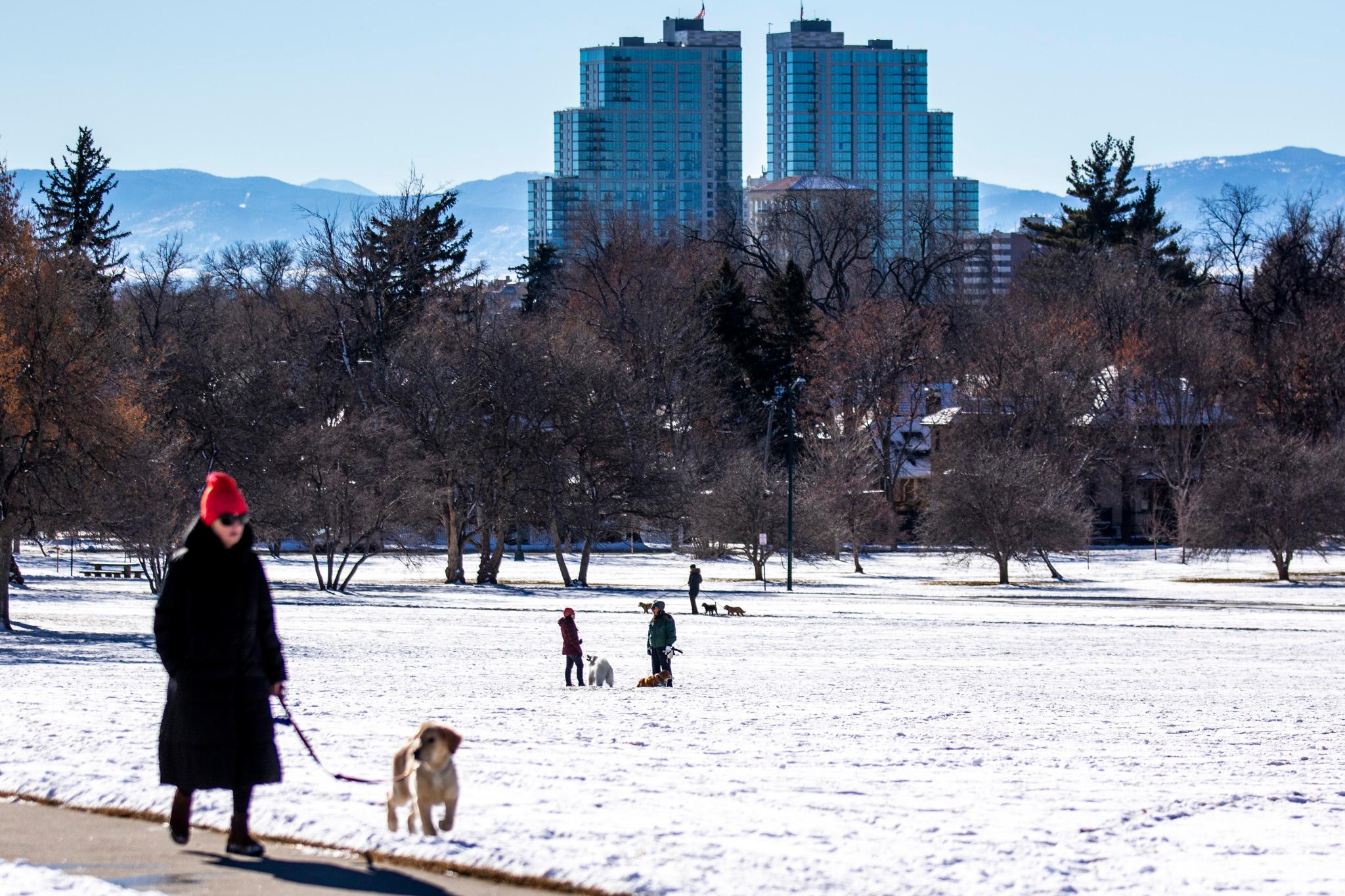
Colorado public school students can get free breakfast and lunch this school year under a new voter-approved program called Healthy School Meals For All. Most of Colorado’s 178 school districts are participating. Here’s what you need to know about your children eating for free at school.
If my district is a part of the Healthy Meals For All program, does that mean my school is participating?
Yes. If your district opts into the program, all participating schools within the district are included. However, not all schools have traditionally served meals. Schools that don’t currently participate in the National School Lunch and Breakfast programs won’t be serving free meals. There are also some charter schools that serve meals but not under the federal programs so they don’t qualify for Colorado’s free meals program.
Is ALL food at schools now free?
You’ll still have to pay for a la carte purchases. This includes school stores, outside vending machines, etc. Students can pay cash for the item or charge it to their meal account. All foods sold on school property during the school day are required to meet state and federal snack standards.
What if my district isn’t participating in the program. Can my child still get a meal?
If your school typically serves meals, depending on your family’s income or if you participate in certain federal assistance programs, your child will still either receive a free or reduced-price meal. Students who don’t qualify for free or reduced-price meals will still pay for breakfasts or lunches. Options will vary from district to district.
Can my child get both breakfast and lunch?
Typically yes, but options will vary from district to district.
My preschooler participates in universal preschool. Can they get free meals?
Check with your preschool, but schools that currently serve lunch through federal breakfast and lunch programs will offer free meals.
What does my child need to do when they go to the cafeteria? Do they have to show a card or number?
It depends. In some districts, such as Jefferson County, most students will scan their district ID cards. Middle and high school student name badges serve as their ID cards. Elementary students will be provided ID cards at their school. In other districts, students will scan or enter their ID on a pinpad. Still other districts might not require students to use an ID or pinpad at all.
What if my child has a food allergy?
Schools are required to accommodate special dietary needs due to a disability or food allergen. Districts have those policies on their websites. Some schools may have students show meal cards that discreetly identify special dietary needs. Sometimes a teacher assists younger students with food allergies in the serving line.
In the Littleton district, for example, the parent and student work with the staff dietitian to create a menu for that student. The kitchen manager knows the days the student wants to eat at school so the kitchen team is prepared. When the student comes through the line, they request the modified menu.
Does my child have a choice in what they eat?
Many districts offer a few options daily. Options go up as students grade increases. An elementary or middle school breakfast might offer different varieties of cereal, an apple cinnamon oat bar, fresh fruit juice and milk, a breakfast taco or pancake sausage bites, yogurt with granola, or fresh watermelon.
A high school lunch could be a spicy chicken sandwich, Big Daddy's cheese pizza, all-American sub, spicy black bean burger, or hummus and vegetables, which could include fresh broccoli, fresh baby carrots and celery sticks. Fruit may include different varieties of apples, fresh orange, chilled applesauce and raspberry lemonade craisins along with whole milk and whole grain items.
Districts should post their specific menu. There are still supply challenges but districts try to update menus in real time. School meals must meet high nutritional standards with fruits, vegetables, whole grains, milk and lean protein.
What if my child is vegetarian? Are there vegetarian options?
Options will vary from district to district but most districts try to have one vegetarian option daily or a current menu item that could be modified to be vegetarian.
When do meals start and how much time do children have to eat?
Check with your school.
Do families still need to fill out an application at the beginning of the school year for free meals?
Yes. Just like in previous years, families need to fill out the form providing household income at the beginning of the school year. That allows your school to receive as much federal funding as possible for the meals.
Some school districts call this form a “Meal Benefit application” or “School Benefits Form.”For example, Denver Public Schools will call it the “You Benefit” form. If you qualify, your child's school fees may also be waived or reduced. These include athletic fees, ACT, SAT, course fees and activity and field trip fees. In some districts you may qualify for bus passes or help with utility bills.
All household income information provided is strictly confidential and protected. Only one form is required for all children in the household. Immigration, migrant, citizenship or refugee status is not required when completing the form.
How long does it take to fill out the form?
The whole process should take 15 minutes or less depending on the size of your household and the information you are required to enter.
Will cafeteria workers get an increase in wages and will there be more food produced from local farmers and ranchers as a result of the ballot measure?
If a school district opts in to receive additional funding, higher wages and more locally produced food will happen next school year (2024-25).
How much will this program cost?
It’s estimated that it will cost $100 million a year to fund the program, which will be paid for by taxing high earners.








